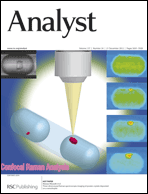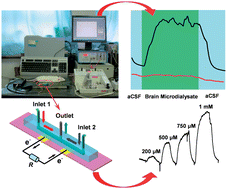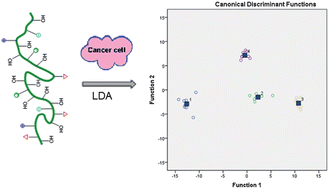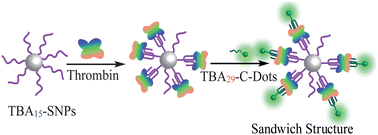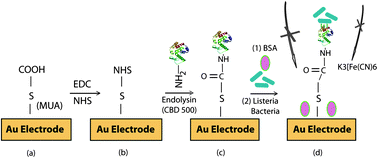Take a look at our new HOT articles just published in Analyst and free for you for the next couple of weeks:
Combined in situ atomic force microscopy and infrared attenuated total reflection spectroelectrochemistry
Daniel Neubauer, Jochen Scharpf, Alberto Pasquarelli, Boris Mizaikoff and Christine Kranz
Analyst, 2013,138, 6746-6752
DOI: 10.1039/C3AN01169K, Paper
An iridium(III)-based lab-on-a-molecule for cysteine/homocysteine and tryptophan using triple-channel interrogation Kun Chen and Michael Schmittel
Analyst, 2013,138, 6742-6745
DOI: 10.1039/C3AN01530K, Communication
Determination of aerosol oxidative activity using silver nanoparticle aggregation on paper-based analytical devices
Wijitar Dungchai, Yupaporn Sameenoi, Orawon Chailapakul, John Volckens and Charles S. Henry
Analyst, 2013,138, 6766-6773
DOI: 10.1039/C3AN01235B, Paper
Biocatalytic analysis of biomarkers for forensic identification of ethnicity between Caucasian and African American groups
Friederike Kramer, Lenka Halámková, Arshak Poghossian, Michael J. Schöning, Evgeny Katz and Jan Halámek
Analyst, 2013,138, 6251-6257
DOI: 10.1039/C3AN01062G, Communication
Biocatalytic analysis of biomarkers for forensic identification of ethnicity between Caucasian and African American groups
Friederike Kramer, Lenka Halámková, Arshak Poghossian, Michael J. Schöning, Evgeny Katz and Jan Halámek
Analyst, 2013,138, 6251-6257
DOI: 10.1039/C3AN01062G, Communication
Analysis of free fractions for chiral drugs using ultrafast extraction and multi-dimensional high-performance affinity chromatography
Xiwei Zheng, Michelle J. Yoo and David S. Hage
Analyst, 2013,138, 6262-6265
DOI: 10.1039/C3AN01315D, Communication
Radical cascades in electron transfer dissociation (ETD) – implications for characterizing peptide disulfide regio-isomers
Lei Tan, Kirt L. Durand, Xiaoxiao Ma and Yu Xia
Analyst, 2013,138, 6759-6765
DOI: 10.1039/C3AN01333B, Paper
Enhanced peroxydisulfate electrochemiluminescence for dopamine biosensing based on Au nanoparticle decorated reduced graphene oxide
Yuting Yan, Qian Liu, Kun Wang, Ling Jiang, Xingwang Yang, Jing Qian, Xiaoya Dong and Baijing Qiu
Analyst, 2013,138, 7101-7106
DOI: 10.1039/C3AN01533E, Paper











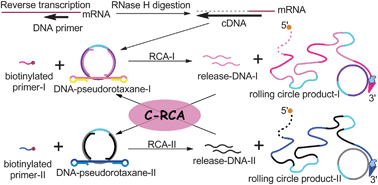
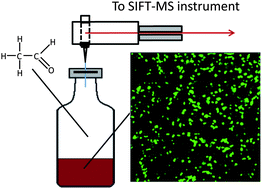

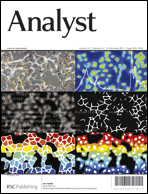 As well as our two
As well as our two 